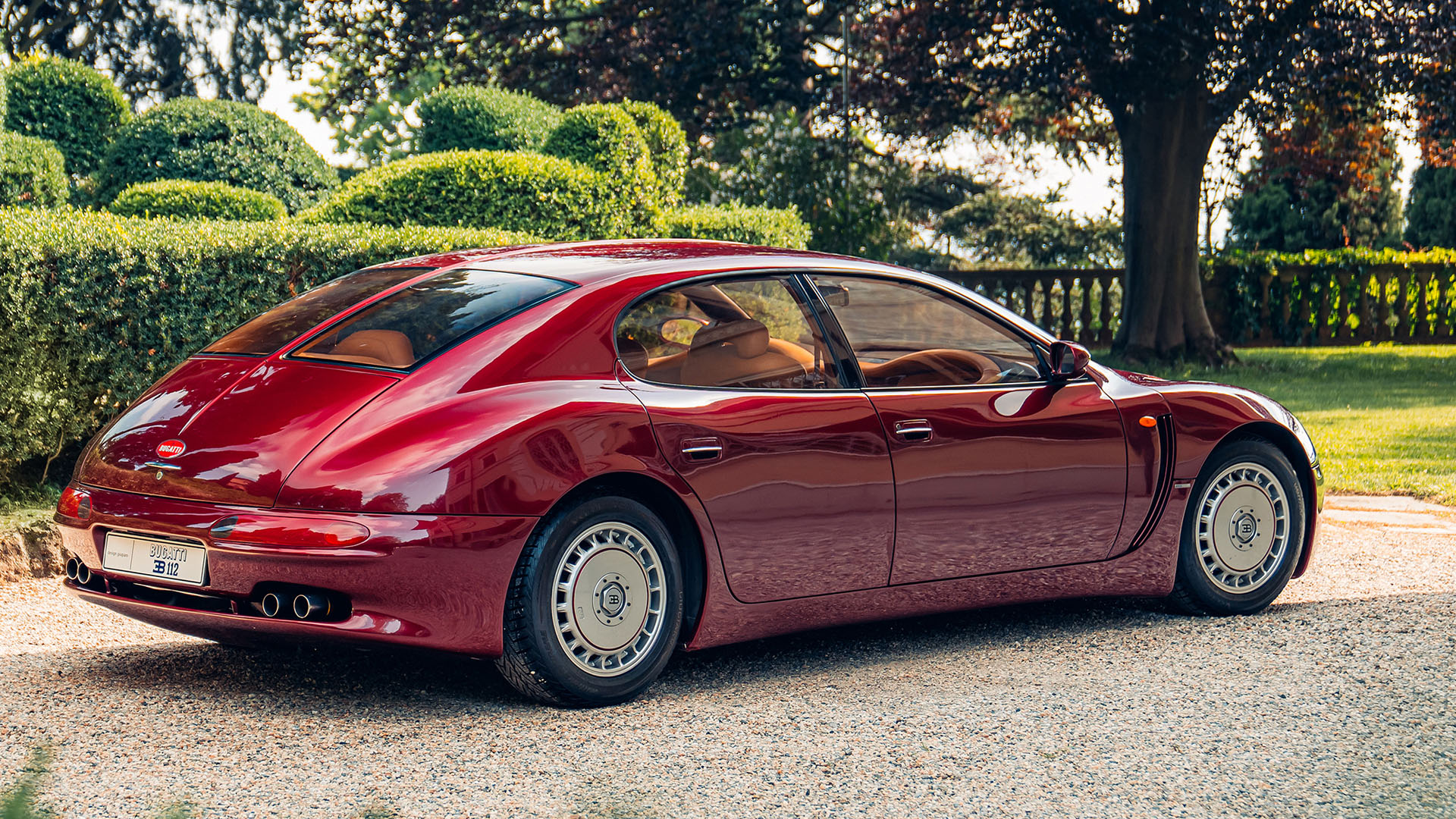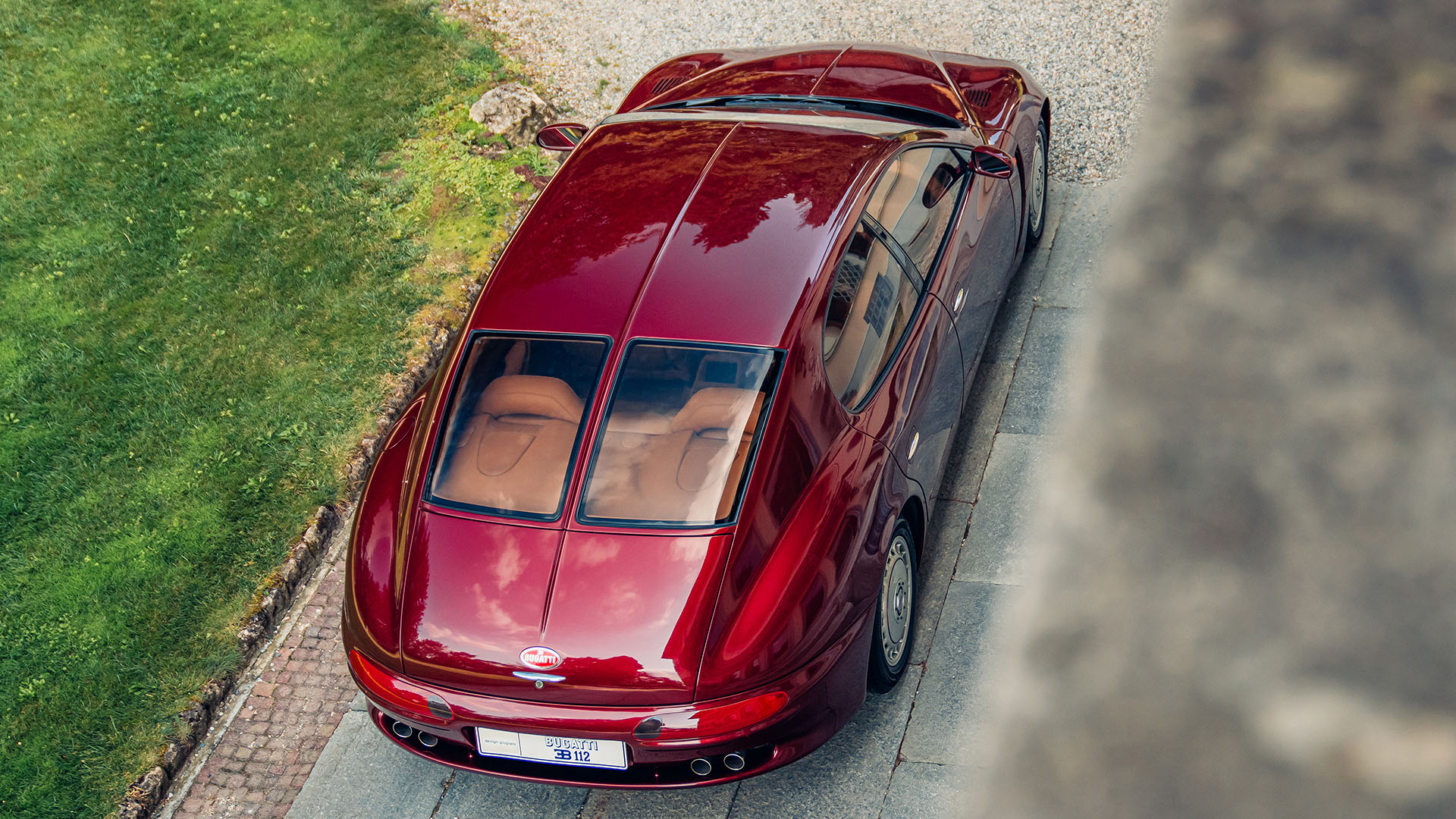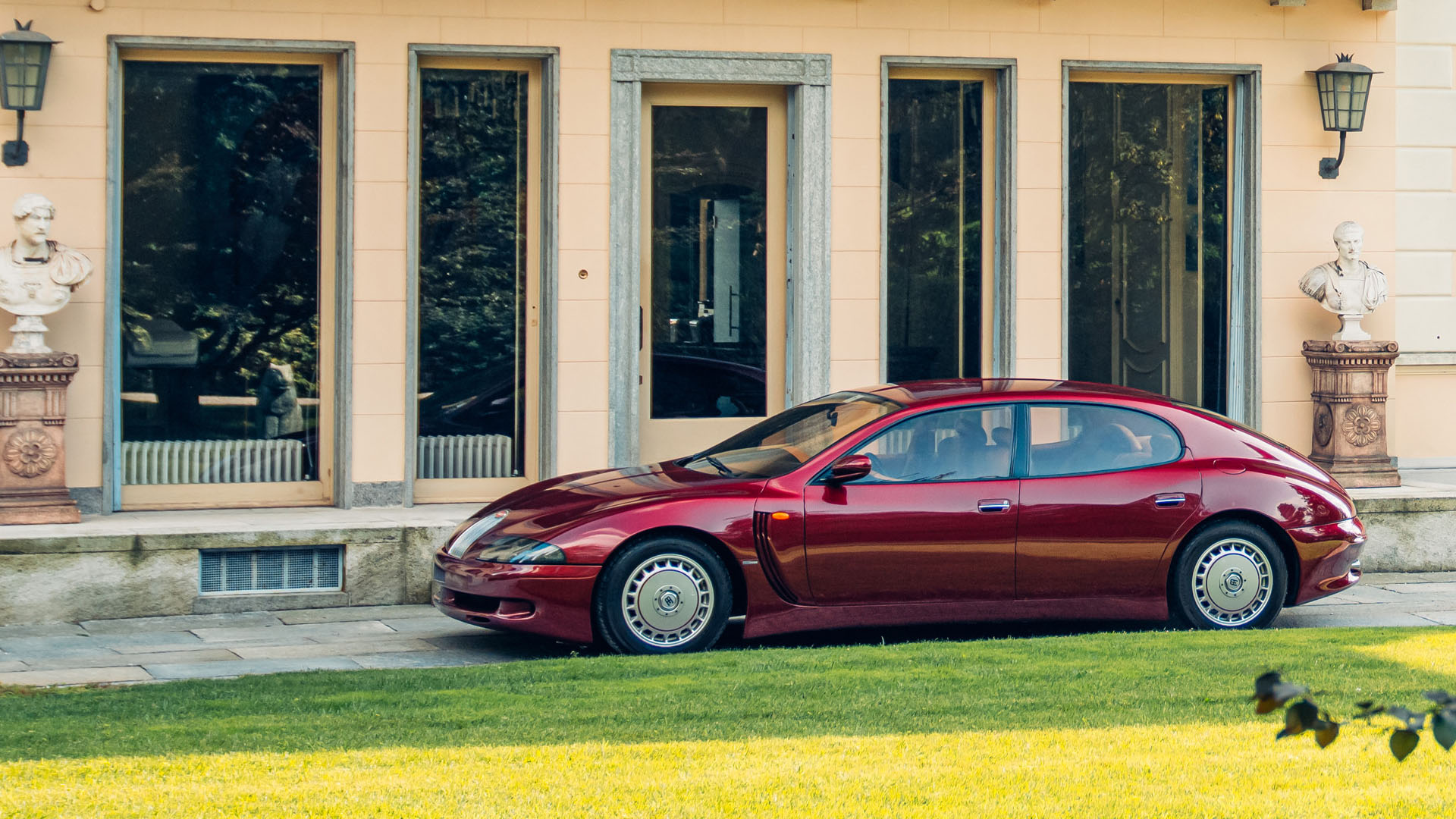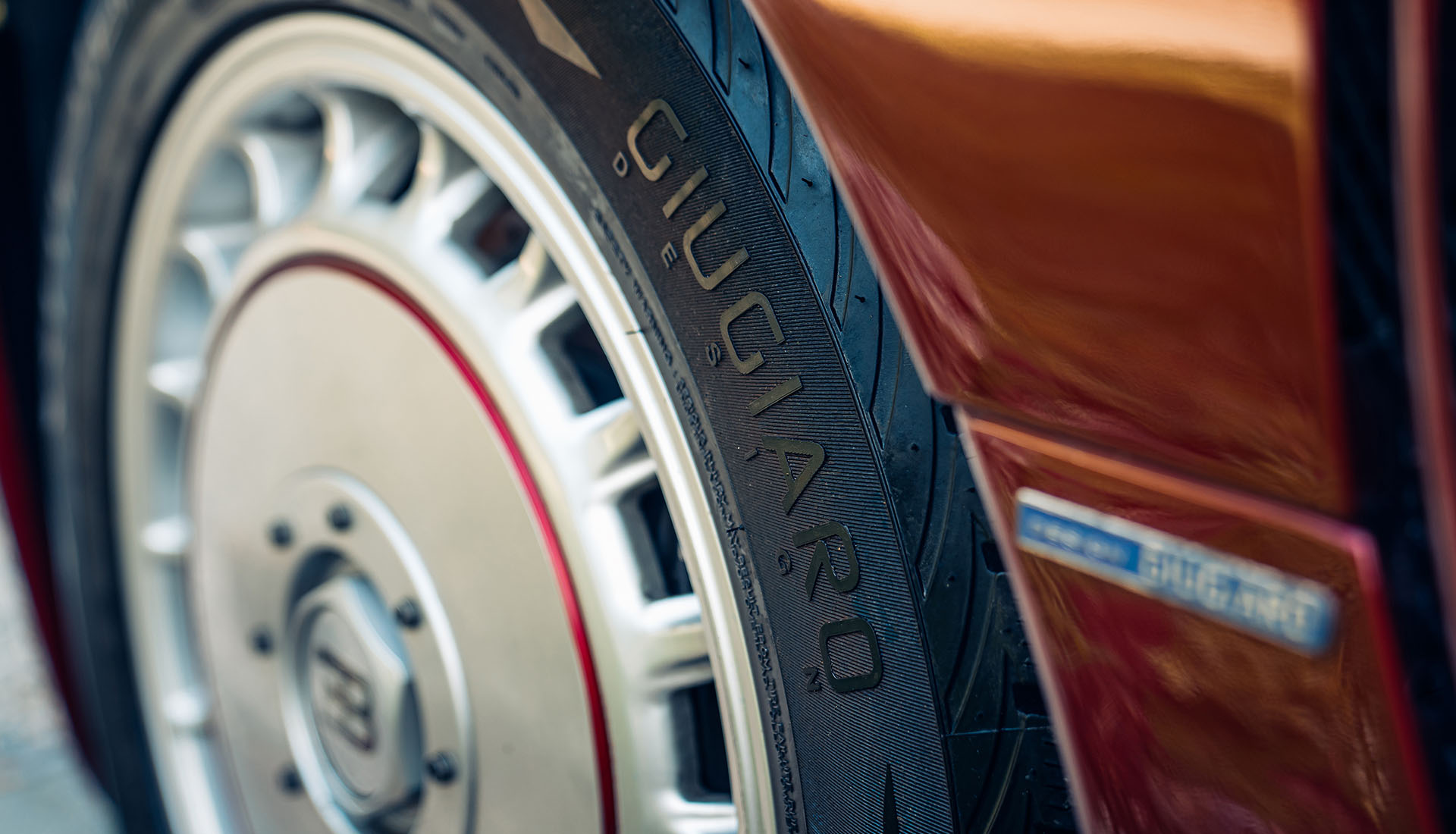
[ad_1]
As the covers were pulled off the Bugatti EB112 at the Geneva Motor Show in 1993 its design and engineering were a sensation. Creating an entirely new ultra-luxurious Grand Tourisme segment in a way that only Bugatti can, drawing on impeccable heritage and dedication to cutting-edge technologies, the EB112 was also completely redefining the idea of a saloon car.
Giorgetto Giugiaro still bestows the EB112 with pure adulation today: “The Bugatti EB112 boasted a number of nostalgic styling features referencing the famous models of the legendary French brand from the late Thirties but presented in a car with innovative mechanicals. The EB112 in many respects was a dream car and a forerunner to what we today know as high-performance fastback models. It flawlessly combined design with technological and engineering features that were majorly ahead of its time.”
Giugiaro’s design was long heralded as a landmark achievement, with many critics lauding it as the world’s most beautiful saloon car ever created and a thoroughbred Bugatti that blended performance and luxury seamlessly. The flowing aesthetic of the EB112 has proved to be a visionary touch. As a true precursor to today’s ‘form follows performance’ Bugatti philosophy, the EB112 combined such a daring and elegant aesthetic form to great technical effect, resulting in the development of a high-performance Berline car with outstanding aerodynamic capabilities. In many ways, the EB112 is now considered a spiritual predecessor to both Veyron and Chiron.
In this respect, at the front, the EB112 elegantly exudes an aesthetic treatment that today is synonymous with Bugatti’s famed design DNA. Its grille, for example, laid the foundations for the grille arrangement that graced the Veyron 10 years later while the longitudinal rib from the bonnet, over the roof and dissecting the rear window, is a stylistic nod to the Bugatti Type 57 SC Atlantic, that was later recreated subtly on first the Veyron and then the Chiron. Beautiful and timeless but also revolutionary, the EB112’s all-aluminum body covered a carbon fiber monocoque derived from the similarly advanced EB110 super sports car. This body and chassis technology was still groundbreaking in the sports car segment in 1993 and was an entirely new development among saloon cars at the time.
The world premiere in Geneva was the highlight of the event. Painstakingly developed in the months preceding the international Swiss show, the EB112 was driven to stand under its own power. The powertrain as well was groundbreaking, with the 60-valve (five per cylinder) 6.0-liter (5994cc) V12 engine mated to a six-speed manual transmission and a sophisticated four-wheel drive system. The naturally aspirated V12 produced 460 HP at 6,300 rpm, its peak torque output of 590 Nm available from just 3,000 rpm, allowing potential performance far greater than any of the contemporary high-performance saloon cars. A top speed of 300 km/h (186 mph) was possible, with the EB112 able to reach 100 km/h (62 mph) from a standstill in just 4.3 seconds.
The four-wheel drive system on the EB112 offered an evolution of the proven, advanced technology from the EB110. With the EB112 the torque split would be 38% front and 62% rear, for surefooted, high performance in all conditions. That capability was enhanced by the favorable weight distribution of the EB112 with Bugatti engineers positioning the powerful V12 as far back as possible between the axles in a front mid-mounted configuration. A technical specification that supported not just the dynamic ability but also enhanced the crash safety performance.
“The Bugatti EB112 was a true pioneer, an avant-gardist to how the saloon segment of the automotive world would radically change following its unveiling. Here was a car, in 1993, that created a completely new segment for Berline Coupé cars; before it, there really was no high-performance sedan that took on the attributes the EB112 delivered, forming visionary design with outstanding power and luxury in abundance. It has come to represent an important milestone in this Bugatti’s deeply rich automotive heritage,” said Luigi Galli, Bugatti’s Specialist Heritage and Certification.
Bugatti’s incomparable EB112 saloon in 1993 would underline Bugatti’s constant quest to push boundaries, advance technology, and create entirely new automotive benchmarks, all while remaining true to its fundamentals which are the Bugatti hallmarks. Seen as a true visionary with an absolute talent for design and aesthetics, Giorgetto Giugiaro also helped the rebirth of the brand in 1998, with the concept car of the two-door Coupé, the Bugatti EB118, and its four-door counterpart, the Bugatti EB218. As the brand embarks on a new era, under the leadership of Mate Rimac, models like the iconic EB112 and visions like Giugiaro’s one will definitely continue to inspire.
[ad_2]






